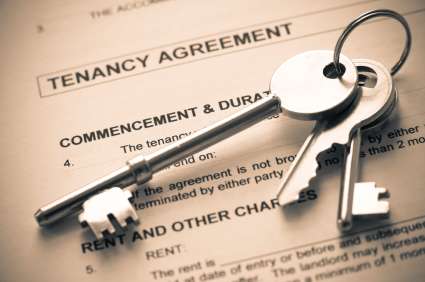Dilapidations: the ongoing battle between landlord and tenant

The turbulent economic climate has been a significant catalyst for the surge in dilapidation claims in recent years as lease lengths decrease. The tightening constraints on businesses also polarises the positions of landlord and tenant as each becomes increasingly aggressive in defending their stance when a landlord’s dilapidation claim arises at the end of a commercial lease.
Dilapidations are the items of disrepair that a tenant is obliged to rectify or remedy under the terms of the lease. If the lease ends and the tenant’s obligations remain outstanding, i.e. they have failed to repair the property to the standard required under the repairing covenants in the lease, a landlord is entitled to pursue a terminal dilapidations claim for damages. This can often place an onerous financial burden on the tenant as landlords are entitled to recover the reasonable costs of undertaking the works, typically set out in a Schedule of Dilapidations prepared by a surveyor, as well as loss of rent for the period that the repairs are undertaken. However there are a number of ways in which tenants might limit their liability for terminal dilapidations such as:
1. Carefully evaluate the terms before entering into a new lease to make sure the repairing covenants are not too onerous. For example an obligation ‘to keep in repair’ requires the tenant to first put the property into repair which could involve significant costs depending on its current state. This can be addressed by limiting the tenant’s repair obligations by reference to a Schedule of Condition.
2. Carry out regular maintenance during the term of the lease in order to minimise lease end expenditure.
3. Budget ahead of the lease end for any necessary repairs.
4. Carry out an assessment, before the lease ends, of any items of disrepair which the tenant is responsible for and carry out any repairs whilst still in occupation. This allows the tenant to retain control over the costs of the works; the tenant of course being more likely than the landlord to obtain and compare quotes from different contractors to secure the best deal. The tenant can also avoid liability for the landlord’s professional and legal fees in pursuing the claim and loss of rent whilst the landlord carries out the works.
If a dilapidations claim arises nevertheless then there are a number of potential defences and limitations to such a claim. Under section 18(1) of the Landlord and Tenant Act 1927 the landlord cannot recover more than the amount by which the value of the property has been diminished by virtue of the dilapidations. In practice, this places a ceiling on damages for repair work that a landlord is entitled to. A landlord is also not permitted under section 18 (2) to recover damages for dilapidations if they intend to demolish or substantially alter the property at, or shortly after, the end of the lease.
The Court has also held that a landlord’s right to recover loss of rent is subject to a burden of proof. In cases where a landlord is unable to establish that the property would have been tenanted during the period of repair works, for example if demand for similar properties in the area is low, the landlord will be unable to recover loss of rent. The recent case of Sunlife Europe Properties Ltd v Tiger Aspect Holdings Ltd confirmed that, unless there is wording in the lease to the contrary, mechanical and electrical apparatus should be returned to the landlord in working condition and need not be replaced with new apparatus.
Whilst any repairing obligations, and consequently the value of any dilapidations claim, are heavily reliant on the facts of a case and the wording of the lease in question, it is important for tenants to be conscious of the protections that the law provides to limit their liability for dilapidation claims.
Equally, landlords need to be conscious of these limitations and take precautions to put them in the best position possible at the end of a lease. This is particularly important when granting a new lease and landlords should carefully consider how the terms of a new lease, such as the repair obligations imposed on the new tenant and the landlord’s right of access to carry out any remaining works, will affect any ongoing dilapidations claim against a previous tenant.
If you wish to discuss a potential dilapidations claim against a tenant, or need to defend such a claim against a landlord, please contact Sabina Haag on 01603 281163 who can provide expert advice.

